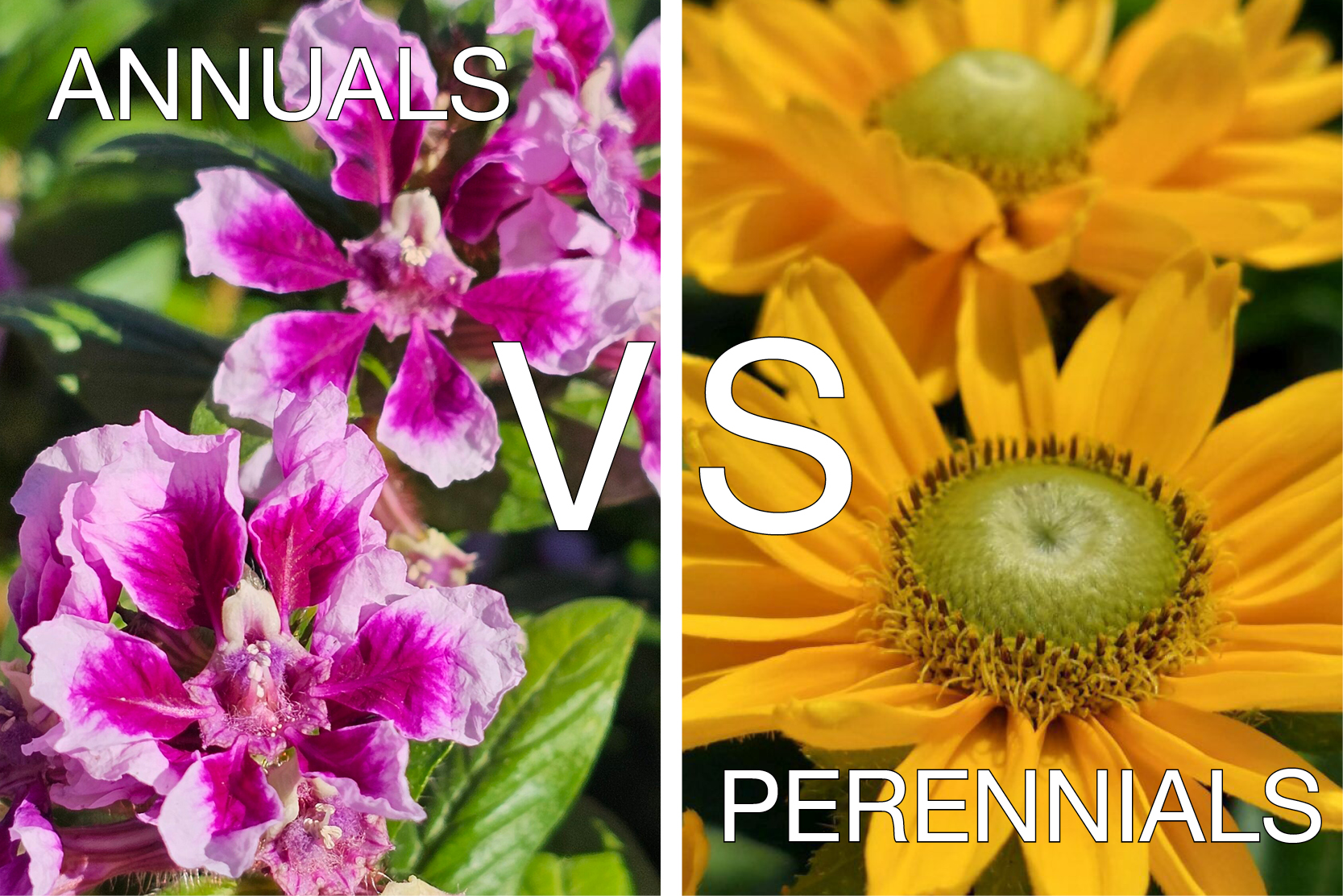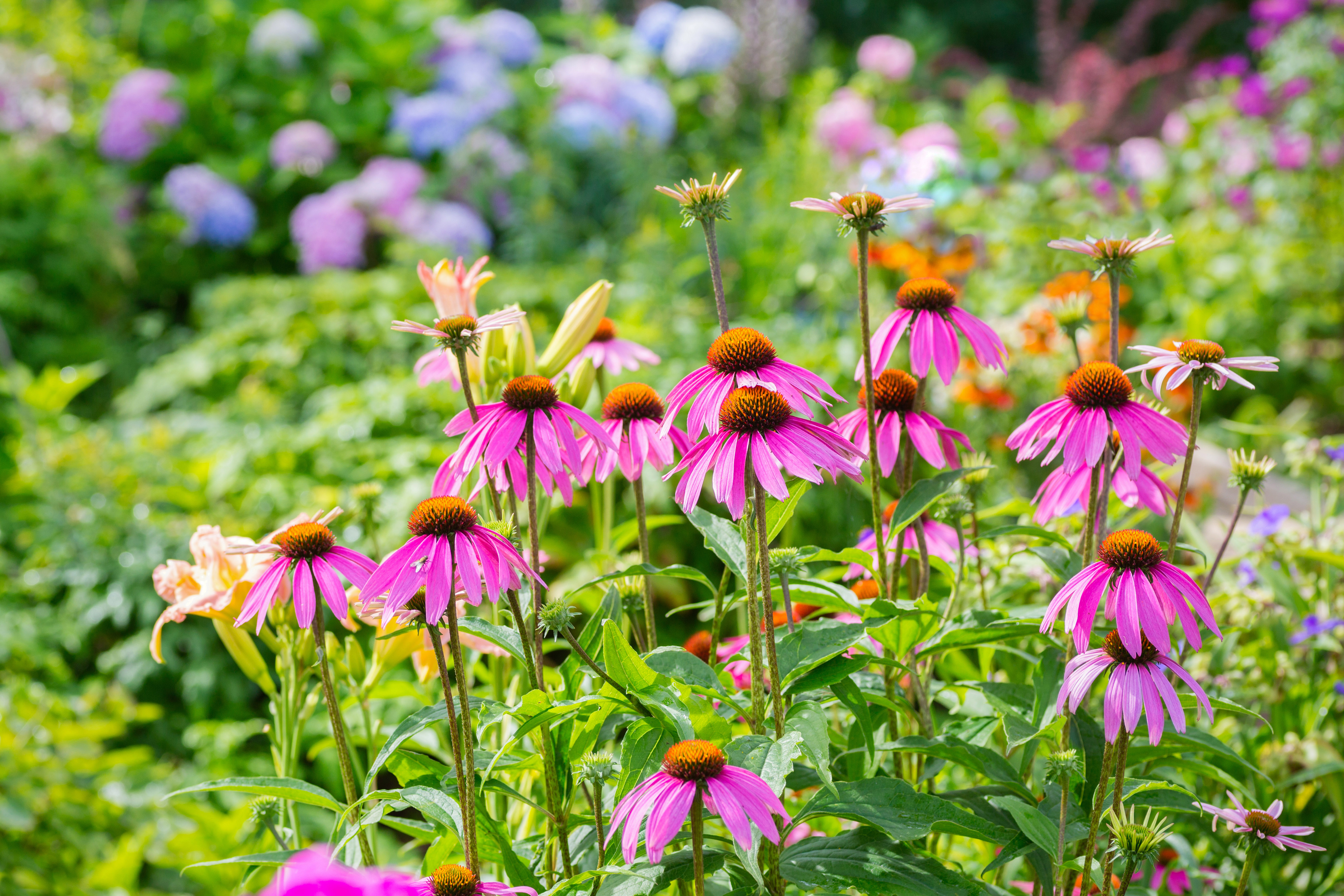How To Choose: Perennials vs Annuals for Home Gardens

Are you eager to transform your outdoor space into a vibrant oasis but find yourself at a crossroads between perennials and annuals? Don't worry; you're not alone. Choosing between these two types of plants can feel like deciding between a long-term commitment and a fleeting romance. Let's dive into the world of perennials vs annuals for home gardens to help you make an informed decision that will bring your garden to life.
Understanding Perennials and Annuals
What Are Perennial Flowers?
Perennial flowers are the steadfast companions of your garden. They return year after year, providing a sense of continuity and stability. These plants have a lifespan of more than two years, and while they may die back during the winter, they reemerge in the spring, ready to bloom again. Examples include lavender, peonies, and daylilies.
What Are Annual Flowers?
Annual flowers, on the other hand, are the fleeting beauties of the garden. They complete their life cycle within a single growing season, from seed to flower to seed again. Annuals are known for their vibrant colors and continuous blooms throughout the season. Popular annuals include marigolds, petunias, and zinnias.
The Pros and Cons of Perennials
Advantages of Perennial Flowers
- Longevity: Perennials are a long-term investment. Once planted, they return year after year, reducing the need for frequent replanting.
- Low Maintenance: After the initial planting, perennials require minimal care. They are generally more resilient and can withstand varying weather conditions.
- Cost-Effective: While the initial cost may be higher, the long-term savings are significant. You won't need to purchase new plants every year.
Disadvantages of Perennial Flowers
- Slower Growth: Perennials often take longer to establish and may not bloom as profusely in their first year.
- Limited Bloom Time: Many perennials have a shorter blooming period compared to annuals.
The Pros and Cons of Annuals
Advantages of Annual Flowers
- Continuous Blooms: Annuals are known for their long and continuous blooming periods, providing a steady show of color throughout the growing season.
- Variety: Annuals offer a wide range of colors and varieties, allowing for more flexibility in garden design.
- Quick Growth: Annuals grow quickly and can fill in empty spaces in your garden within a single season.
Disadvantages of Annual Flowers
- Short Lifespan: Annuals need to be replanted every year, which can be time-consuming and costly.
- Higher Maintenance: Annuals often require more watering and care to maintain their vibrant blooms.
Factors to Consider in Your Garden Design
Climate and Soil Conditions
Before making a decision, consider your local climate and soil conditions. Some perennials and annuals thrive in specific environments. For instance, lavender prefers well-drained soil and full sun, while impatiens thrive in shady areas.
Garden Layout and Space
The layout of your garden can also influence your choice. Perennials are great for borders and permanent fixtures, while annuals can be used to fill in gaps and add temporary color. Consider the overall aesthetic you want to achieve.
Time and Budget
Your time and budget are crucial factors. If you have limited time for gardening, perennials might be a better choice due to their low maintenance. However, if you enjoy the process of planting and have a flexible budget, annuals can offer a rewarding experience.
Plant Care Tips for Perennials and Annuals
Caring for Perennial Flowers
- Soil Preparation: Ensure the soil is well-drained and rich in organic matter.
- Watering: Water perennials deeply but infrequently to encourage deep root growth.
- Mulching: Apply a layer of mulch to retain moisture and suppress weeds.
Caring for Annual Flowers
- Regular Watering: Annuals need consistent watering to maintain their blooms.
- Deadheading: Remove spent flowers to encourage continuous blooming.
- Fertilizing: Use a balanced fertilizer to provide the nutrients annuals need for their short lifespan.
Conclusion
Choosing between perennials vs annuals for home gardens is a personal decision that depends on your preferences, climate, and garden design. Perennials offer longevity and low maintenance, while annuals provide continuous color and variety. By understanding the pros and cons of each, you can create a garden that reflects your unique style and brings joy for years to come.
FAQs
What are some popular perennial flowers? Popular perennial flowers include lavender, peonies, daylilies, and hostas.
How often do annuals need to be replanted? Annuals need to be replanted every year, as they complete their life cycle within a single growing season.
Can perennials and annuals be planted together? Yes, perennials and annuals can be planted together to create a diverse and colorful garden. Annuals can fill in gaps between perennials.
What are the best annuals for shade? Some of the best annuals for shade include impatiens, begonias, and coleus.
How do I care for perennials in the winter? Perennials often die back in the winter. You can cut back the dead foliage and apply a layer of mulch to protect the roots from extreme temperatures.


By considering these factors and tips, you can create a garden that not only looks beautiful but also reflects your personal style and commitment to home gardening. Happy gardening!
0 Response to "How To Choose: Perennials vs Annuals for Home Gardens"
Post a Comment